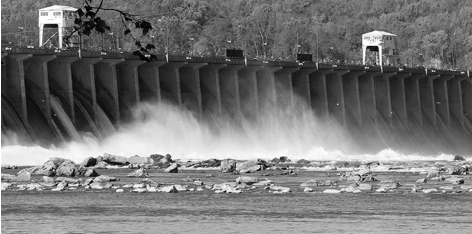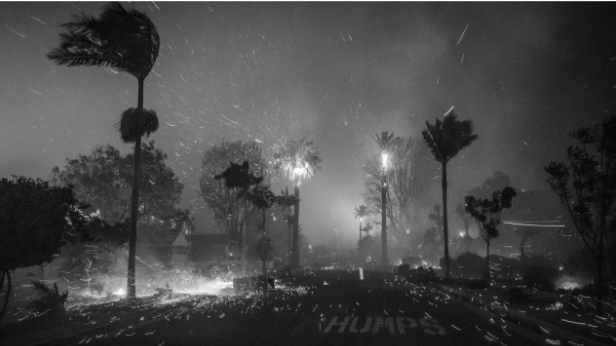
The Conowingo Dam has recently been in uncertain times. A major issue is that it has trapped much of the sediment and nutrient pollution carried by the river and prevented it from reaching the main stem of the Chesapeake Bay. This has led to the area behind the dam silting in more quickly than scientists had anticipated.
The reason that silting or sediment buildup behind a dam is bad, according to therevelator.org, is because silt slowly fills up the reservoir behind the dam with sediment, reducing the amount of water that can be stored and used for purposes like drinking, irrigation, and flood control. This impacts the dam’s functionality and could lead to environmental issues downstream by depriving areas of necessary sediment deposits.
AP Environmental Science teacher Mr. Robert Lamarr says, “For decades the dam has been protecting the lower Susquehanna and the upper Chesapeake Bay from the runoff of Pennsylvania, but since it is full, those nutrients are now freely flowing into the lower Susquehanna and upper Bay, causing dead zones and algae blooms.”
The Chesapeake Bay Foundations says that runoff from Pennsylvania is mainly from urban areas and agricultural lands flowing directly into rivers and streams. This can have harmful effects on aquatic life, and drinking water quality contributing to issues like algae blooms in the Chesapeake Bay, which Pennsylvania drains into.
Lamarr even says that the main issue causing this buildup of sediment and silt is the, “Unregulated farming in Pennsylvania,” and that the best way to slow down this build-up is “by implementing stricter farming regulations in PA.” Examples of these limits include runoff allotments, limits on fertilizer, and stronger enforcement of buffers for rivers and streams.
Preventing silt build-up behind a dam is untimely and impossible; however, it is feasible to significantly reduce buildup. It’s possible to do this by implementing erosion control upstream. Hydropower.org explains some examples, such as stabilizing stream channels, minimizing soil erosion through land management, or managing flows during periods of highest sediment yield to minimize sediment deposition in the reservoir. These tactics minimize the amount of sediment entering the reservoir, leading to less build-up.
The efforts being taken to prevent this buildup of runoff are not enough and there should have been regulation in place before this was a problem. Lamarr adds that “Constellation,” the company that owns and runs the Conowingo Dam, “is not doing enough. They need to decide who is going to pay for the clean-up and start the process as soon as possible.”
This issue with the Conowingo Dam can’t be ignored. With this build-up, the dam’s operation is still possible, but it significantly reduces its functionality. The accumulated sediment decreases the reservoir’s water storage capacity, impacting its ability to generate hydropower for the surrounding areas. As the surrounding land is reliant on the dam for power, this is a major problem for Maryland and still remains unaddressed.
















